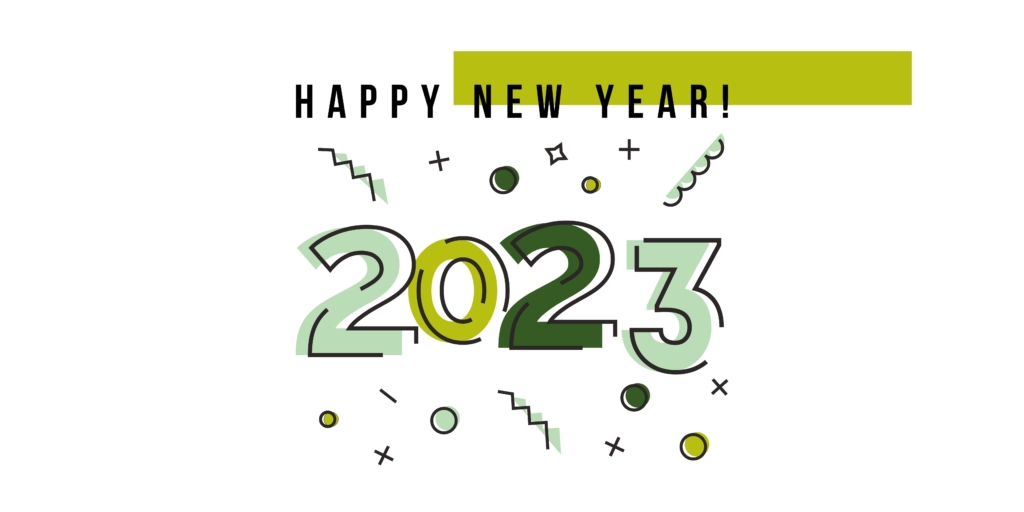Why Experiential Learning is So Effective, Part 01
It seems like it shouldn’t need to be stated, but here it is anyway: Researchers have long found that students learn better by doing.
What does this mean practically for a school curriculum? Well, it suggests that real, lived experiences are the best tool for students to internalize the concepts they learn in the classroom. This is called experiential learning and is an approach that we employ liberally at Keystone since we have seen evidence of its success.
Let’s take a recent example from the Fall 2022 semester.
Our international students were sitting in ESL class one Thursday afternoon, discussing a rather elusive grammatical structure: the passive voice. This is a form of speaking and writing that is only very rarely used, and most often relegated to classic literature, and written academic and media discourse. In fact, many native English speakers would hardly be able to describe what the passive voice is, and often use it correctly without even realizing they have done so. Native users of the language use the structure, but do so mostly subconsciously.
This was something that our ESL students felt they wanted to investigate further: How many of the English speakers of Toronto could actually identify the passive voice? So, thinking on her feet, our ESL teacher Ms. Oxana decided to take the students on a spontaneous excursion to one of the city’s busiest locations, Yonge-Dundas Square. Here, the students would have a chance to converse with English-speaking Torontonians and ask them directly if they had ever consciously heard of the passive voice.
This sort of activity is the cornerstone of experiential learning. Emphasis is placed on getting out of the classroom and into the real-world, to quite literally experience the subjects and concepts that were introduced in the classroom and see their practical uses.
It’s not really a surprise that our ESL students found that most native English speakers had no real idea what the passive voice was. Once our students provided them with examples, they could certainly identify that they had heard and used it before, but it wasn’t something that they could consciously pinpoint beforehand. This was a clarifying experience for the students as they came to understand the fluidity of language and the notion that grammatical structures and tenses can fluctuate in popularity depending on the needs of real-life speakers. Ms. Oxana also pointed out that sometimes people use this structure when the direct object is more important that the subject or when they don’t want the subject to be known. In academic texts, for example, the structure is used as a means of hedging, and in media, it’s sometimes used to avoid implying personal responsibility. Being able to spot the passive voice, then, is significant (whether a native English speaker or someone just learning the language) as it can reveal potential biases.
All this to say that getting out of the classroom and into the real-world is a valuable approach to learning that provides insights past the more manufactured style of the classroom. At Keystone, we make a point of including experiential learning techniques in all of our courses—from Math to English and everything in between—and that’s what makes our school particularly unique.
Stay tuned for more case studies of how we are applying experiential learning each day in our private school classrooms here in Toronto!







